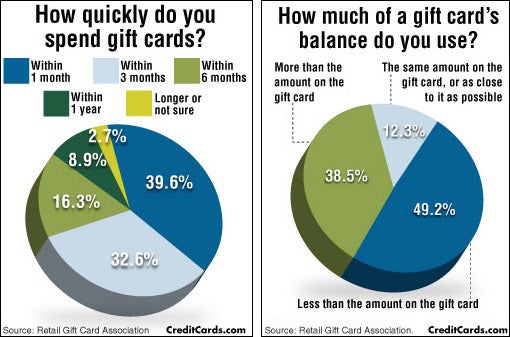Personalized glass is a sort of enhanced glasses that includes shallowly etching the surface of the glass. The engraving differs from cut glass, which is made by utilizing a sawing activity to develop forms in the glass.
Laser etching can produce finely etched pictures on glass, yet the outcome can often feel rough to the touch because of little fragments of glass continuing to be on the surface. Amy shares some tricks she has gained from collaborating with Epilog lasers to stay clear of these issues:
1. Hang it on the Wall
Traditionally, people prize glass for its appeal and sophistication. Nonetheless, it is a hefty and fragile product to collaborate with and must be thoroughly dealt with in order to protect the item for many years to find. To present your personalized glass, seek hooks, braces or places that are especially designed for this purpose. These can be found at hardware or art supply stores.
To reduce the possibility of damage to your glasswork, apply a dampened single layer of paper towel to the surface. This will prevent air bubbles or overlaps from impacting the etching result.
Another option is to use application tape. This will certainly additionally aid in lowering the surface of your work surface from coming to be harsh. In addition, you can trying out various visuals handling setups for laser engraving glass. For instance, you may find that a higher power setting works much better with a reduced dpi, as this can decrease the opportunities of sharding. You can additionally attempt converting solid areas of fill to grayscale, as this will decrease the warmth influenced area.
2. Put it on a Table
Glass engravings add a sophisticated look to any room and can be made use of for a selection of functions. To make your glass engravings stand apart, consider frosting the surface or including a paint fill to intensify the layout's exposure.
Before running a laser etching job, it is essential to test the speed and power setups on the kind of glass you will be using. These improvements will certainly enable your device to produce the look you desire while lessening dangers of errors and damage.
Including dampened paper towel or application tape to the surface area of your workpiece prior to lasering can aid with warm dissipation, avoiding the glass from becoming harsh.
You can additionally try changing your visuals shade to 80% grayscale in order to additional separate the dots and lower any kind of fracturing that may occur throughout the etching process. By combining these approaches, you can accomplish near ideal outcomes on a variety of glass items.
3. Put it on a Stand
The procedure of laser engraving glass needs a large amount of accuracy. Engraving on rounded surface areas like bottles and stemless glass is specifically challenging due to misalignment concerns. A jig or clamp assists to stabilize the things and guarantee proper positioning.
It's additionally crucial to choose a high-contrast layout with strong lines and clear edges for the very best results. Making use of software application tools to readjust contrast and illumination can assist achieve these objectives. Additionally, it's a good concept to test your layouts on personal stories behind glass gifts scrap glass before inscribe the real item.
Including a layer of dark paper to the surface of the glass prior to engraving lowers breaking and improves the total quality of the end product. Furthermore, a wetted single-layer of paper towel on the surface of the glass can minimize impacts from heat on huge surfaces. A rotating attachment is additionally recommended for round things, such as bottles. This device helps to maintain the workpiece, lowering vibrations that can influence the accuracy of the laser's placement.
4. Place it on a Flooring
An easy means to display personalized glass is by placing it on the flooring. This will provide the engraving a much more significant impact, as it will certainly be visible from all instructions. Engraved glass can likewise be hung from a ceiling for an even more special effect.
While standard approaches of etching glass call for physical contact and might damage the surface, laser etching is a non-contact procedure that allows for the development of intricate and in-depth layouts. Epilog Laser devices are straightforward and come with user-friendly software program that makes it simple for any person to create an unique imaginative design.
Before lasering, the glass should be cleaned up extensively. Applying a thin layer of undiluted dish soap to the location that is mosting likely to be etched will certainly aid avoid damages from warmth, as it dissipates the energy produced throughout the engraving process. In addition, using the rasterization type "Bought Dithering" in your laser software program will reduce the opportunity of any rough locations on huge surfaces and will enhance total clarity.
